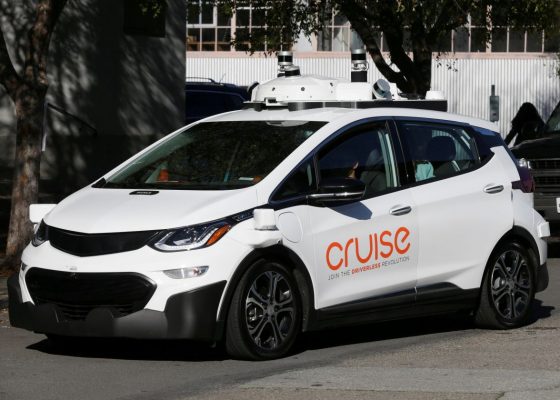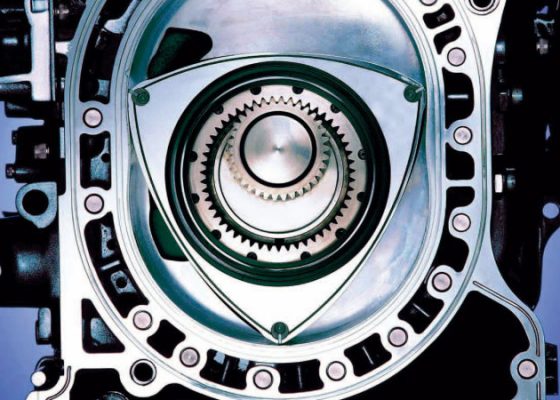Diesel Invasion
By Chris Haak
07.17.2007
In the next few years, we’ll see more diesels offered in the US than probably at any time in history. Why? Higher corporate fuel economy standards are likely in coming years, and even the US petroleum industry said in a draft report today that world oil supplies from conventional sources are unlikely to keep up with demand over the next 25 years. The problem is a combination of rapidly increasing petroleum consumption in the developing world and slowing or declining oil production worldwide.
Diesels are one piece of the solution to the problem of reducing petroleum consumption. Others include gas-electric hybrids, plug-in hybrid electric vehicles (PHEVs), electric vehicles, and alternate fuels such as ethanol or hydrogen. All things being equal, a diesel generally gets about 30% better fuel economy than a gasoline engine. Modern diesels are almost always paired with a turbocharger, which serves to make diesels have none of the sluggishness that their ancestors did. In fact, diesel engines usually have very robust low-end torque characteristics, which make them ideal for stop-and-go urban driving, although this comes at the expense of higher-RPM power.
One key advantage of diesel engines, other than the fuel economy and torque benefits previously described, is that the infrastructure is already in place in large part because auto manufacturers have been selling diesel-powered pickup trucks for years, not to mention all of the heavy- and medium-duty diesel trucks on the road. Unlike alternate fuels such as hydrogen and E85, which can be found in almost no and very few gas stations, respectively, diesel is available at 42% of the 169,000 service stations nationwide; E85 is available at less than 1% of them.
GM famously/infamously scared an entire generation of consumers away from diesel engines in the 1980s by underdeveloped, unreliable, noisy diesel engines that were converted from gasoline engines. While Europeans have had an auto fleet consisting of many diesels for the past several years, Americans have shied away from them, thanks in large part to the GM diesel issues of the 1980s and to the fact that gasoline was relatively inexpensive.
This is all changing, however. In the past few years, we have seen some interesting developments on the diesel front; Jeep offered a diesel Liberty and now is offering a sophisticated 3.0 liter diesel Grand Cherokee with an engine sourced from Mercedes-Benz. The real fun, however, comes in 2010.
Word on the street is that the reason Honda dropped the Accord Hybrid model after the 2007 model year (besides slow sales) is that a diesel model is on its way. I’ve heard a 52 mile per gallon figure cited for this car; if this is true, I’ll be very impressed. That’s more than double the mileage I get from my 2004 Accord V6, and I’m actually more or less satisfied with its mileage. A diesel will probably make it into the Honda Ridgeline pickup and Odyssey minivan as an optional engine choice, plus the Acura MDX crossover and likely some other models.
Honda is an engineering company first and foremost, and they are the only auto manufacturer so far that has not had to resort to urea injection to convert nitrous oxide into harmless nitrogen and water (this is a solution that Mercedes, BMW, VW, Audi, and GM, among others, have undertaken). The problem with urea injection is that there is as tank of it under the hood, and when the supply is exhausted, the exhaust is no longer treated; not a very elegant solution. Instead, Honda has devised a special catalytic converter for its diesel that requires no chemical additives (so is maintenance-free) and the catalysts convert some of the the NOx to ammonia in its first layer, and then a now-ammonia-rich second layer converts the remaining exhaust to harmless nitrogen and water. It reminds me very much of Honda’s ability to meet 1975 Clean Air Act standards using its new CVCC engine rather without a catalytic converter.
GM is also embracing diesels in a big way in the coming years. GM Vice Chairman of Global Product Development, Bob Lutz, recently on a video posted on the corporate FastLane blog that in the coming years, GM would introduce a V6 diesel engine for crossovers, passenger cars, and light duty trucks and an all-aluminum 4.5 liter V8 diesel engine for light duty sport utilities, etc. Word is that the Euro-centric Saturn lineup will be among the first passenger car applications of GM’s US diesel engines, and the V8 diesel will likely make it into half ton trucks and full-size SUVs (GM has said that anywhere a small block V8 fits, the new diesel will fit). In the same video, Mr. Lutz sought to downplay expectations of the diesel engine as a panacea for US fuel economy concerns, because he said the price premium to build an emissions-compliant diesel is about $4,500 on top of a comparable gas engine, and that as gas engines become more sophisticated (thanks to direct injection and homogeneous stratified charge) and diesels are choked by emission controls, he expected the 30% economy improvement to be reduced to near zero. Basically, he seems to implicitly support Ford’s approach of applying diesel-like technology to gasoline engines, while going kicking and screaming into diesels only because they think that the market will demand them.
Apparently at the same time Bob Lutz was recording the above-mentioned video (the first segment was posted June 29), GM was in negotiations to buy a stake in its partner for the upcoming Cadillac CTS’s diesel engine in Europe, VM Motori of Italy. Yesterday (July 16), GM announced that it had bought 50% of VM Motori. The press release contained none of the skepticism that Bob Lutz showed in the video clip. The move to buy a large stake in VM Motori sounds like a prudent move if GM wishes to ensure a steady supply of powerful, efficient diesel engines in the next few years.
Other potential future diesel applications include new diesels for the Toyota Tundra and Nissan Titan full size pickup trucks, and a diesel version of the next-generation Nissan Maxima sedan.
It’s good to see some alternatives in the pipeline for consumers who wish to improve their fuel economy. It’s a good time to love oil burners.
COPYRIGHT Full Metal Autos – All Rights Reserved


